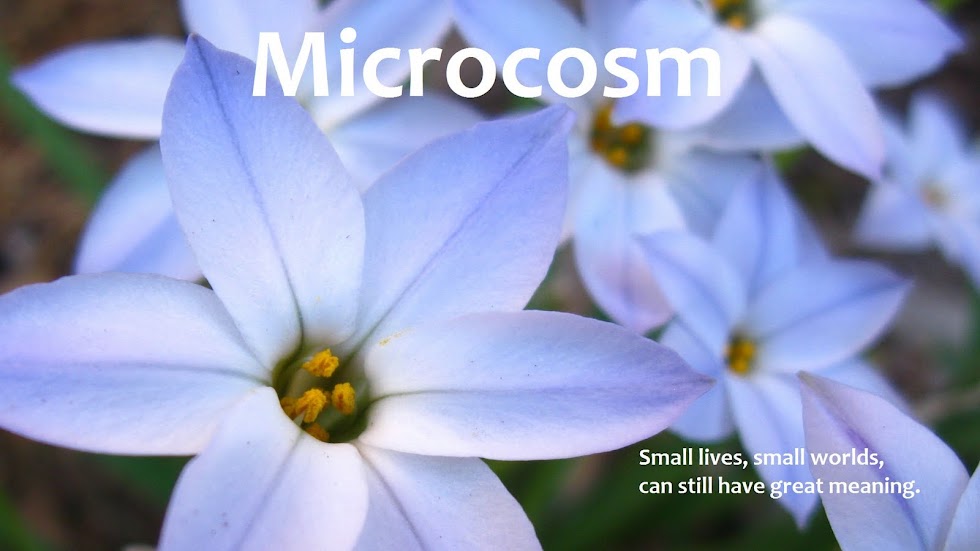Everyone knows that if you walk up to a cottonwood tree in January and ask it for dramatic color it will tell you, "No." Complaining about the brownery in my last post was actually a little unreasonable of me. I know full well what "dormancy" means and wholly sympathize with the impulse. If anyone were to knock at my door at 2:00 in the morning looking for verve and enthusiasm they would be turned away just as disappointed.
So I'm taking extra pleasure in those garden plants that are offering a little color these days without being asked, so to speak. They are islands of intensity in a sea of blah, and they are all the more lovely for the contrast. Take rue, for example:
 |
| Rue in winter (click on the collage to enlarge for a better view) |
One of the things I love about plants that offer winter color is the sense that they have gone above and beyond—that not only have they filled our world with beauty for the growing season, cleaned our air, and fed and sheltered the wildlife, but now they will hand us this pleasant surprise as well. It's like when you opened your sack lunch at school as a child and found a cheerful note from your Mom, or when a friend sideswipes you out of nowhere with a quick hug, or someone does a small, unexpected kindness that sees you through a rough patch. It's a bonus, a grace.
The kind that may well keep you from demanding unreasonable things of trees.

No comments:
Post a Comment